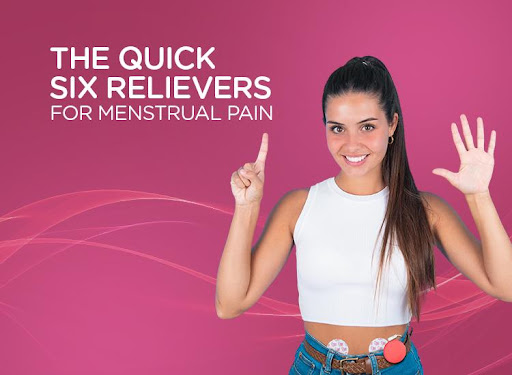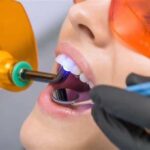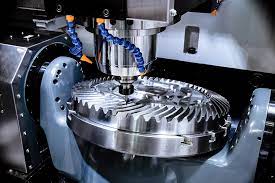Introduction
Ask any girl or woman about their weakest or lowest days of the month, and the most common answer you will receive is “the time of menstruation.” Menstrual pain is a phenomenon that most women experience. Menstrual cramps are caused when the uterus contracts and sheds its lining. This causes pain in your stomach, lower back, abdomen, and thighs. Let us understand the period pain relief remedies that are also proven to have worked for many women.
Remedies
- Herbs
Research studies have proved that certain herbs work wonders in relieving menstrual pain. Dietary supplements like ginger, chamomile, and fennel have anti-inflammatory properties, which soothe the pain. The antispasmodic compounds in herbal teas reduce muscle spasms in the uterus. Herbal tea also relieves stress and helps with insomnia. These herbs are fully safe and natural. They work on multiple organ systems in our body, so their health benefits are seen in other organs too.
The risks of using herbs are almost negligible. There may be some women who are allergic to particular herbs. Also, the excess quantity of these may cause side effects on your body, especially if you have pre-medical conditions. Mixing certain foods with these herbs may also harm some. So it is best to ask your doctor, who can suggest a particular time and quantity of these herbs.
- Painkillers
Drugs that do not contain steroids and are anti-inflammatory are recommended during menstrual pain. Usually, NSAID’s give a good period pain relief. These reduce the absorption of inflammatory prostaglandins in the uterus. NSAIDs comprise products such as ibuprofen, aspirin, and naproxen. The cramp relieving time is about 30 to 60 minutes after consuming an NSAID. About 80% of women experiencing severe pain consume this during menstruation. These are easily available at a chemist’s shop and are very economical.
On the other side, the Food and Drug Administration (FDA) is against the regular use of painkillers for a long period of time. It carries the risk of side effects such as heart attack, stroke, or kidney or liver damage. Women over the age of 35 should consult a doctor before using painkillers.
- Heat
Heat therapy relaxes the muscles. You can use an electric heating pad, a disposable stick-on heat patch, a hot water bag, or a warm towel for period pain relief. You can apply these to the area of pain, which is usually on your abdomen or back. This relaxes the uterine muscles and promotes a healthy flow of oxygen to the painful area. The uterus is deep within the pelvic muscle, so heat should penetrate many tissue layers to reach the cramping uterine muscles. Heat therapy may work a bit faster than medication or supplements, as they need to be digested and absorbed by the body. The best part about heating pads is that they are natural and drug-free. Usually, there are no side effects from this.
But one should be careful while applying heat so as to ensure that your skin doesn’t burn. According to the brand, the heating patch offers heat anywhere between 6 and 12 hours. After that, it needs to be replaced.
- Menstrual pain relief device
For frequent, painful cramps, a menstrual pain relief device does wonders for relieving your pain. A TENS (Transcutaneous Electrical Nerve Stimulation) device is similar to a heating patch and is worn on the outer side of the abdomen. It has electrode pads that stick to the skin and send electric current. This blocks the pain signals traveling to the uterus. It thus stimulates the nerves and sends the brain soothing signals. Thus, more oxygen reaches the brain. This menstrual pain relief device is portable and user-friendly. Women can easily wear this and carry on with their routine activities. Further, it is a 100% natural and drug-free technology.
There are absolutely no side effects to this device. It can take about 30 minutes to relieve the pain. This can be worn continuously for 6 to 8 hours. This device may not fit under all kinds of clothing, and some may find it a bit uncomfortable.
- Nutrition
A healthy diet goes a long way in affecting your overall health and well-being. A wholesome diet is another way to relieve menstrual pain. Adequate vitamins and minerals are scientifically suggested to relieve your cramps. Evidence shows that vitamin B1, also known as thiamin, and magnesium reduce period contractions. The following are some foods that are high in vitamin B1 and magnesium.
- Nuts and seeds
- Whole grains
- Legumes, including beans, lentils and chickpeas
- Spinach
- Cauliflower
- Kale
- Avocado
- Asparagus
- Oranges
- Exercise
Exercise along with a healthy diet is a win-win situation for you in life. Exercising during menstruation may seem inconvenient, but it can help relieve muscle pain. Yoga and meditation, along with exercise, help a lot. They are natural pain relievers. Exercise stimulates the muscles and releases endorphins to block the perception of pain. Exercise is also a great stress-buster. It also trains your mind to react differently to pain. Your tolerance power also increases, while you stay happy mentally. You can practice anything of your choice, like slow walking, cycling, stretching, breathing, etc. It is important that you make exercise your lifestyle to see remarkable results in the long run.
If you are opting for Yoga, then it is best to do it under the observation of a Yoga expert. Avoid any harsh exercises during menstruation, or else they can harm your muscles and aggravate your pain.
Summary
Menstrual cramps are common, and they may start before or during a period. Usually, these cramps are normal, but if they are severe and hamper your routine activities to a great extent, they indicate something more serious. The above home remedies are the most reliable for getting menstrual pain relief, and all can try them. If, in this case, there is still no relief, consulting a doctor is the best option.
Menstrual pain relief devices are sold by a few brands. You may opt for Welme device which is clinically tested and scientifically proven. For more details, visit Welme.








